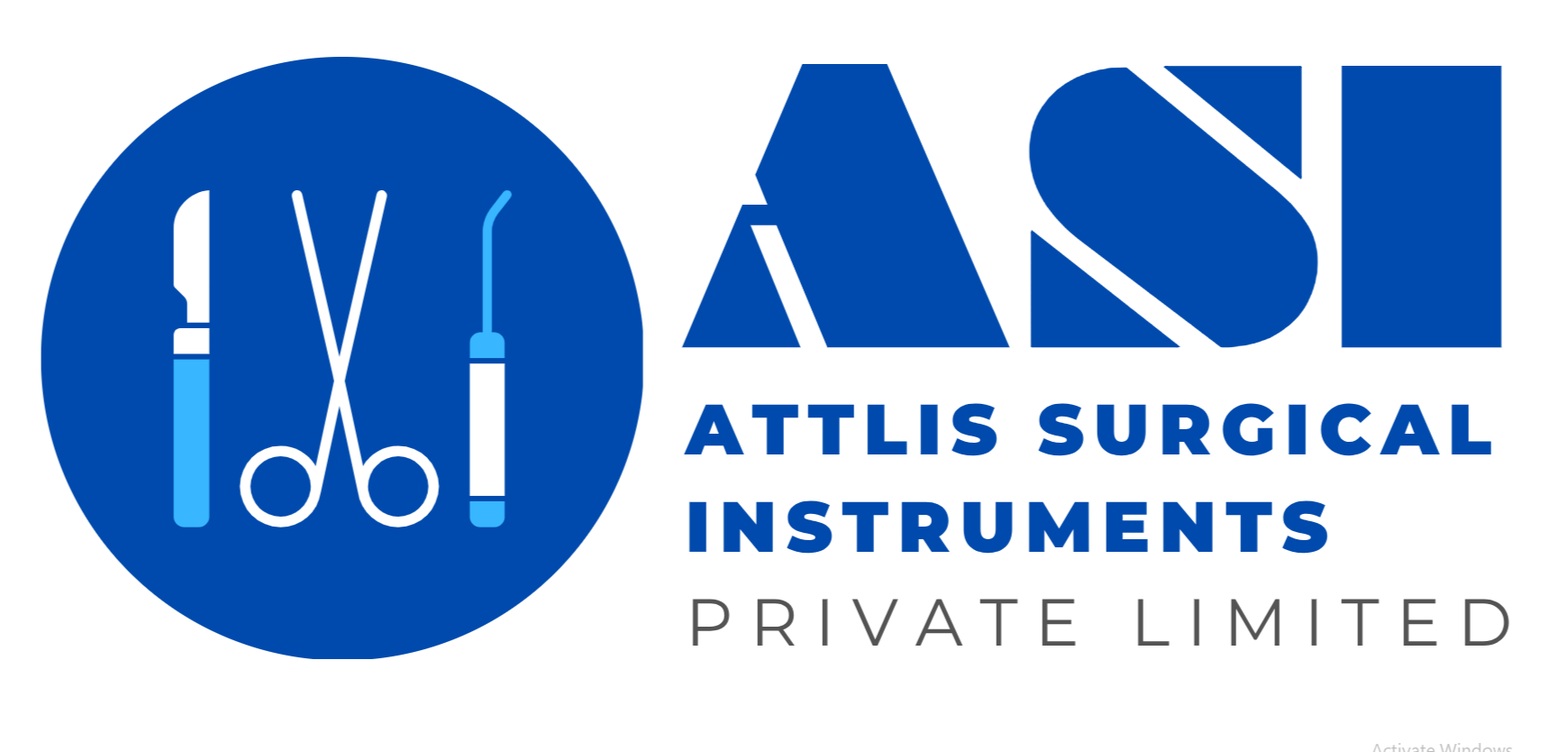“Percussion Hammer Buck” refers to a specialized tool used in various fields such as medicine, particularly in neurology, and sometimes in mechanical or engineering contexts. However, the term is more commonly associated with the medical instrument known as a “percussion hammer” or “reflex hammer,” and “Buck” likely refers to a specific brand or design variant.
### Medical Use: Reflex Testing
In the medical field, a percussion or reflex hammer is an essential tool used primarily by neurologists and healthcare providers to test deep tendon reflexes (DTRs). These reflexes are critical indicators of the nervous system’s functionality and can help diagnose neurological conditions. The hammer typically has a rubber head that can be round or triangular, and a handle, sometimes with a needle or brush at the opposite end for testing sensory responses.
The term “Buck” likely refers to a particular model or style of reflex hammer. The “Buck reflex hammer” is known for its lightweight design and versatility. It often features a dual-ended head, with one side designed for testing deep tendon reflexes and the other for more subtle reflexes. The handle may also include a removable needle and brush for additional neurological testing, making it a multifunctional tool.
### Design and Features
A Buck reflex hammer’s design is characterized by its ergonomic handle, which provides a comfortable grip for precise control during examinations. The balanced weight of the hammer allows for accurate percussion, which is crucial for eliciting proper reflex responses without causing discomfort to the patient.
The hammer’s head, made of rubber or similar material, ensures a gentle yet effective strike. This is important because the force of the strike needs to be sufficient to induce a reflex without being painful. The dual-ended feature of the Buck hammer allows clinicians to perform a comprehensive neurological examination, assessing both the central and peripheral nervous systems.
### Usage in Clinical Practice
During a neurological exam, the clinician uses the Buck reflex hammer to tap tendons, usually at the knee, ankle, or elbow, to observe reflex reactions. A normal response indicates a healthy reflex arc, involving sensory and motor pathways. Abnormal responses, such as hyperreflexia (exaggerated reflexes) or hyporeflexia (diminished reflexes), can signal neurological disorders like spinal cord injuries, neuropathies, or conditions like multiple sclerosis.
### Conclusion
The Buck reflex hammer is a crucial tool in clinical neurology, offering a reliable means of assessing nervous system health. Its design, featuring dual ends and an ergonomic handle, allows for comprehensive and efficient examinations. Understanding the role and function of tools like the Buck reflex hammer is essential for medical professionals in diagnosing and managing neurological conditions.
| Size |
|---|


Reviews
There are no reviews yet.